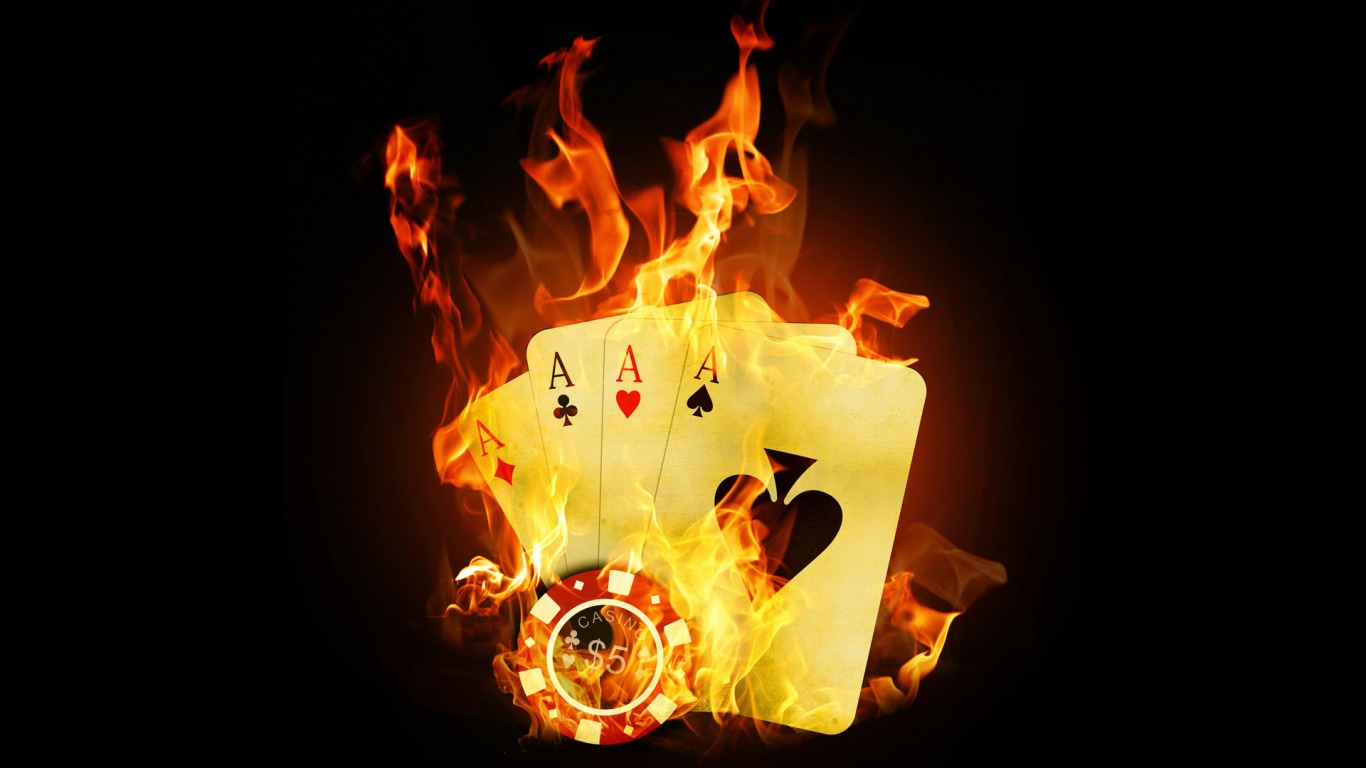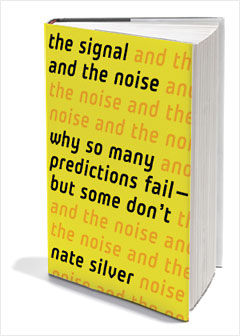
By Tri Nguyen
Free translation PokerCollectif. Published with permission of the author.
The parties are becoming more aggressive since the players have opened their ranks pre-flop third possible preflop hands and increased their aggression factor to infinity. Even if this type crazy and incredibly loose player has big flaws in his game, he is able to save a lot because the competition does not know how to counter this aggressive style. If only their competitors wanted to open PokerTracker or Hold'em Manager to see stats Villain according to its position! From there, Hero would have an idea of the range of the LAG when re-raisent (or call) the 3-bet.
Some players 3-bet out of position or with different types of hands. A player can 3-bet from the blinds with the bottom of its range, such as {22-55, 65, 8T} and the top of its range, such as {JJ +, AQ +} choosing to call with hands like {JT, KQ, AJ, AT, TT-66}. Another player may decide to call with 2/3 of the bottom of his range and re-raise with the best third of its range. As you can see, even if they have the same number of raises preflop (or re-raise) their range of hands may differ.
Against a player who 3-bet the bottom and top of the range to call with the middle of its range, it will be very beneficial to 4-bet, especially if 5-bet ever. Against a player who 3-bet with the top third of its range and will be more inclined to push all in preflop, you should be less inclined to 4-bet.
The majority of players will be very difficult to play hands like {99 TT, KQ, KJ, AJ} blinds against CO or button that opens. This is because they try to solve the preflop hand. Even though they know that players in late position are more likely to steal, they are afraid of 3-bet with hands pre-specified because they do not want to see 4-bet and folder duty. This is a case of selective memory at its best. You will not be 4 Bette so often. The CO and the button folderont much. Start 3-bet more aggressively - you'll be a better player for it.
If you are often 4 Bette by a particular player, start pushing all in with {99 +, AK}.
An important consideration when one wonders if factor is better caller or re-raise preflop is to consider the type of opponent who opens the pot. If this is the type of player who likes folder, I'll re-raise whenever I have a chance.
You do not need to ask you what type of hands you should re-raise if your opponent continues to fold against your 3-bet or if often call your 3-bet, but check-fold often against your c- bets. Of course, I try to be reasonable with my ranks re-raise; I want at least matching cards! If you just join the table and do not know what type of opponent he is, take the lead and the re-raisez. Then you'll know.
Against opponents who often callent my ranks re-raise will be mainly composed of broadway cards (figures). These hands have equity against the range of hands a calling station and are easy to play after the flop when you hit a pair or a draw, as a gutshot and overcards. I also do a lot of the second barrel. The main reason for these calling stations are successful is that other players do not adjust adequately to confront them.
After re-raise preflop, most players are an inevitable continuation bet on the flop, and then do a check-fold the turn if they do not have a good hand. This sequence is repeated several times and most players fail to whether the right strategy is (semi) bluff more often turn checker or the next time they have a strong hand. The slow play is definitely a lost art, because players learn to play poker securely on training sites where the slogan is "bet bet bet". Why bet if your opponent bets on most of your check? If you think he does not will build, remember all the times you check your missed foldées overcard and your underpairs.
Conversely, what happens when my opponent re-raise constantly outside blinds or when in position?
The easy answer is to fold on its re-raises. An old grinder once told me: "In poker, tight is right. "On hearing this sentence the first time, I found it laughable. As the parties have become more aggressive, I realized all the wisdom contained this sentence. This is especially true against stupid players loose-aggressive style that you 3-bet every time they have the chance. You keep folder and finally when you play again, it will be a hand like AQ or 99 and say something like: "Well, I'm a loose-aggressive player and I dominated the table. He is a good player and probably noticed that. He must be sick. My hand is ahead of his range of re-stealing. I push all in and he has KK or AK + is a cooler, especially with my image maniac. "This kind of player, surprisingly, shoot and of course I showed him a better hand.
To be honest, his thinking is not bad. Sometimes, according to the dynamics of the table or the history of the player, it's okay to go all in preflop light, because you do not want to crush your opponents. The situation I mentioned is different. I Folde all my hands because I knew that when I would do a re-raise, he beat himself. This kind of players swarming on low tables in mid-stakes.
A second option is to play a more tight range of hands preflop. It is difficult for an adversary to outplayer if you bet 25% of your stack preflop with JJ + or AK.
The third option is the 4-bet. The question is how often and what range of hands is good for a 4-bet? There are two approaches to this:
You start 4-better when 150BB stacks to increase or more because you get more fold equity. It's pretty strange caller out of position with a little more than 100BB when the pot is already 65BB. People will rarely, if ever, 5-bet bluff in a pot 120BB 65BB. Although Villain call, you have position on him and can dictate the size of the stakes and the action on the various boards. Obviously you get less when you fold 4-betterez out of position, even if it remains profitable to do so.
Another important factor to consider is that the ranks of Villain for stacker off become very polarized as the stack sizes increase (150BB +). If Callera with AA / KK and he will 3-bet with JJ + (or a big broadway or bluff), he will face a difficult situation when we 4-betterons. A hand that we should 4-bet bluff is more KQ. Most of the time, when we are 3 Bette and we KQ, we often foldons because fear of being dominated or we callons because this hand is very strong against a specific opponent, but is not strong enough for 4 or-better to push all in preflop.
What we should consider is to turn KQ in "bluff" starting at the 4-bet more. Not available with these cards, there are only 24 combinations instead of 34 AA-QQ/AK. With 30% fewer hands that Villain can stacker off, it is easy to see why KQ is a powerful hand to 4-bet bluff.
-OR
You can stop the 4-bet bluff and only 4-bet with premium hands like TT +, AK. Never callez their re-raise with AA or KK, same position, but rather 4-Bettez these hands too. When you do this, your opponent will play a little differently than his normal style because it says you can not have as many premium hand with which 4-bet. He wrongly incorporated bluffs in your range of 4-bet. With time, you will hesitate regular 3-better because you never callez and have air always 4-bet. Which will result in it steal your caller in late position with hands like KJ +, AT +, suited connectors and random hands blinds. This will make them easier to deal with because you have the initiative and you play in a position with a lot of money behind.
A game I like to use is 4-better the first or second time a tight player re-raise my raise in late position. If it happens that he has a hand and pushes all in, I show him that I'm not going to make me sit abuse. If I'm doing with my 4-bet bluff, I 4-bet bluff next time that I re-raisera when I have opened in late position. The reason for this; it will be more inclined to give you credit the second time because you just 4-better last time. This is as far as I can go in the levels of thinking. If I'm in a frame of mind and passive've allowed me to hunt Villain hand with 3-bet a few times, I'll keep quiet and wait for the nuts because we anticipate Villain 4-bet and will be increased to push all in with hands like AQ or 99.
The size of our 4-bet should be about double the amount of money put Villain. For example, if Villain 3-bet to $ 100, we should go a bet of $ 234 (or similar setting) as this is the amount that we will build if we have QQ + / AK. If we have a hand like 88/99, we should 4-bet a little more to show that we are committed to the pot and we'll have caller. Even if we are willing to go all in preflop, we want to discourage Villain rebluffer us with hands like JT / KJ who have good equity against our hand. However, it does not bother us that fold leaving us dead money in the pot.
The fourth option is caller and check-raise the flop when you flopperez overcard with a gutshot, an open-ended straight draw, a flush draw or overcards with a backdoor flush draw. Obviously we will play for our stack if we floppons a pair. It is the action more interesting for me because I do not like being out of position.
The fifth option is caller and caller in position in position. Before caller, it is important to pay attention to the size of the stacks. If the stacks are less than 120BB, it will be more profitable to fold preflop with suited connectors like 78, 9T and 79 because those hands lose value when the pot / stack ratio is small. Even if your opponent re-raises light and you have position, it will be difficult to do anything with these hands when you do not have enough chips to play and your opponent will send a second barrel with a frequency medium to high. Against these aggressive players, I call with all my premium hands. My default line is "call call call" because I know it will "bet bet bet. "If it is not an aggressive type, I'll floater flop with the intention of taking the pot.
Last concept when you play preflop is to take into consideration the position with which you open and what position your opponent is when you re-raise. If a player opens UTG and you callez PM or CO, it is unlikely that the blinds try a squeeze without a strong hand whereas your range of hands both must be strong enough. If someone opens the CO and you flat-callez button, it will be able to Sqeezer as the ranks of CO is very large and your hands will be low most of the time. This is a situation where it is easy to trap a typical 3-betteur blinds.
Discuss this article on the forums PokerCollectif: The preflop play




